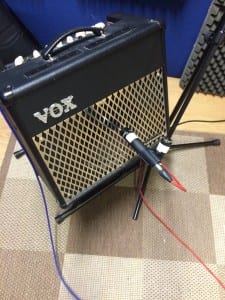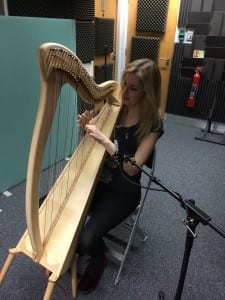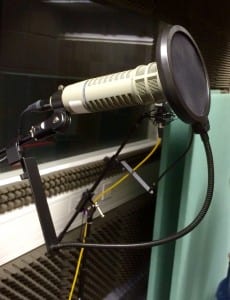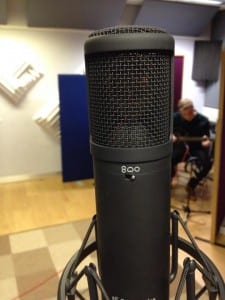I started by listening through the track to get an idea of how I wanted everything to sound and where I wanted them to go. I then panned everything so that I would be able to get a clearer idea of what to do.
I started with the drums as I find having a good set of drums to layer on top of is easier. For the kick I used EQ to help mould the sound into more of what I was looking for and I then used a compressor to give the kick more punch within the mix. The snare was done in a similar manor as the kick however it was much more difficult. The source sound for the snare was not great and this made the mixing process tricky. I ended up using EQ and compression to get the overall sound for the snare as well as mixing top and bottom together until I was happy with the mix. I added reverb through an auxiliary send to help give the snare more body within the mix. I didn’t really do that much to the toms, as we didn’t really use them that much within the piece. I gated the toms and added a small amount of EQ as well as adding compression to the low tom. I gated them as they had a lot of bleed that didn’t sound great when sorting the drums out. The overheads were done mainly by EQ and panning. I cut out some bass plus a section of mid from the overheads and boosted treble a small amount to stop them being cloudy within the mix. I ran the whole drum kit through a multiband compressor to help pull everything together and I was very happy with the outcome.
The bass guitar was done through using EQ and compression to help give that punchy bass tone. I also cut and boosted the basses EQ in the low mid are to help it sit better in the mix with the kick. I then blended the D112 and the DI to help give a full tone.
The guitars I decided would be panned far left and right to give a big stereo image. I used light EQ on the guitars and a small amount of reverb to help them sit in the mix rather than on top. I found they sat very well within the piece. The lead guitar I treated quite heavily as I found it didn’t fit very well into the mix. I panned the 57 partially to one side and counteracted this on the other side with the room mic just at a lower volume. I used distortion, chorus and reverb to tidy up the guitar
The piano and string section I decided to use only in the last sections of the song to give the piece more body towards the end. I used a small amount of EQ but I felt they were fine for the level they would be used.
The harp I felt would be better panned so I panned the DI and the 414 in different directions to make the section more ambient.
The vocals I found were recorded very well as they needed very little added to them to help them fit. I added a small amount of EQ, reverb and compression to help them sit better in the mix and sound clearer.
After I had my bounced track I reimported it and added a multiband compressor to help pull the song together as well as using parallel compression to finish the piece off.





